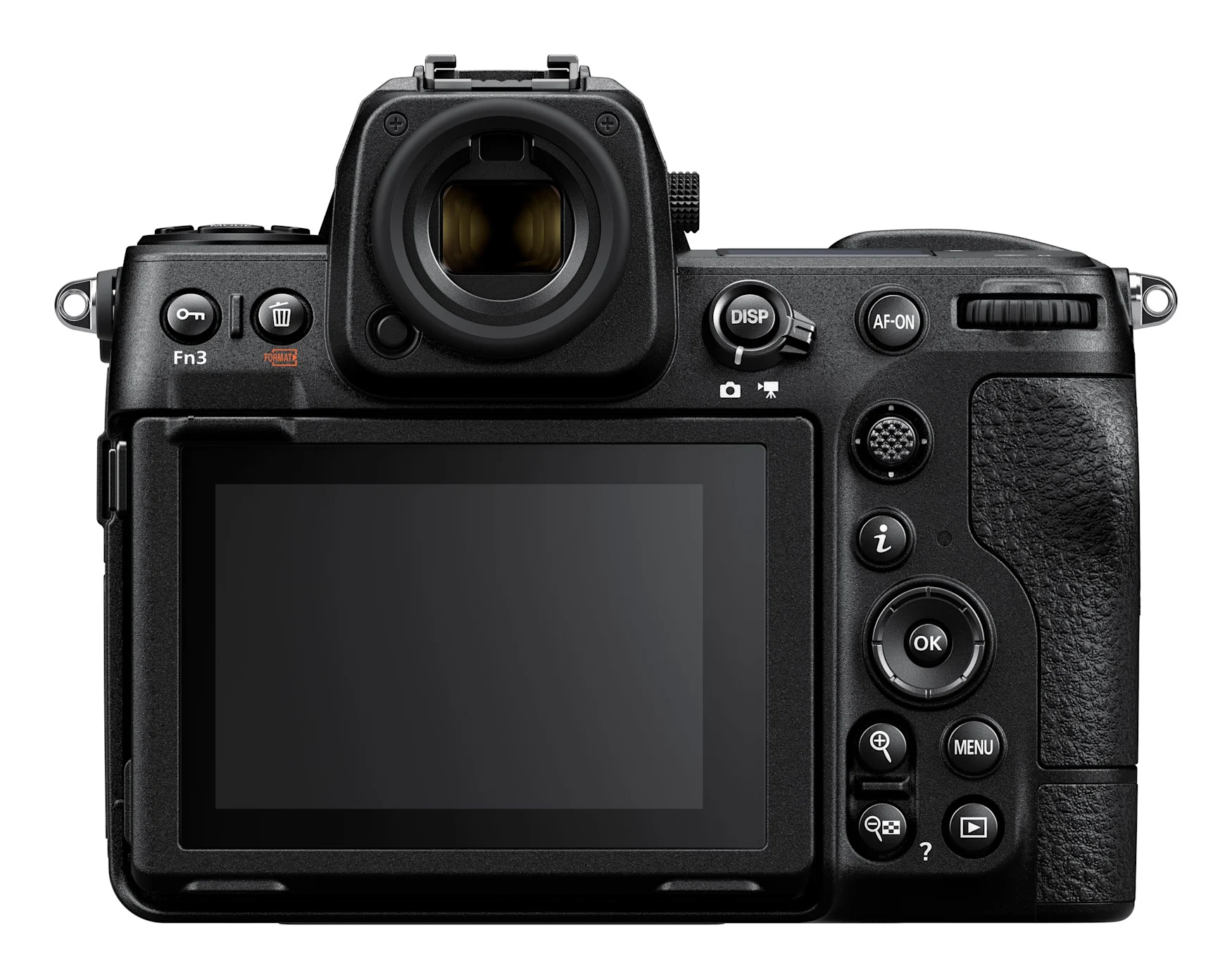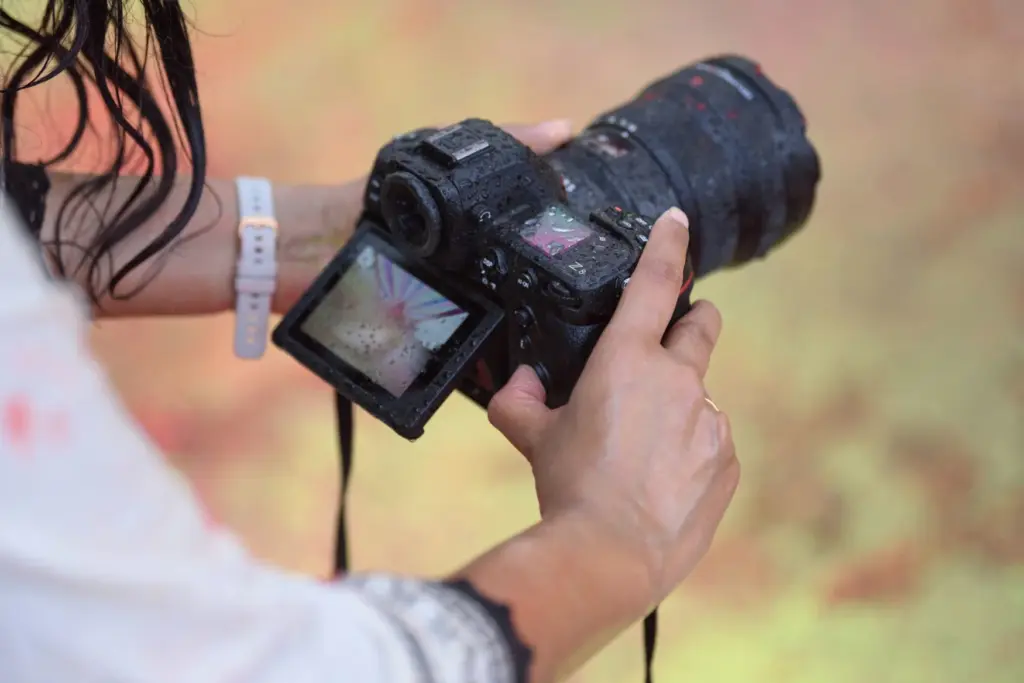Nikon has announced the 45.7-megapixel Z8, a powerful full-frame mirrorless camera with up to 8K60p RAW video, 20fps RAW burst speeds and more. It’s effectively a slimmed-down version of Nikon’s Z9, and shares the latter’s stacked, backside-illuminated (BSI) sensor and complete lack of a mechanical shutter. The main thing the Z8 lacks next to the Z9 is unlimited video recording, but it’s also $1,500 cheaper.
Nikon is best known for photography, but the Z8’s headline feature is the 8K60p N-RAW video. There’s an interesting story there, as the cinema camera company RED has used its patents to stop other camera companies from using RAW video in the past. However, RED’s lawsuit against Nikon was dismissed late last month, allowing Nikon to use N-RAW (a compressed 12-bit RAW codec developed in conjunction with a company called intoPIX) in any of its cameras. It can also capture 12-bit ProRes RAW video.

Nikon
Along with 8K60p, the Z8 supports 4K capture at up to 120fps and 10-bit ProRes, H.264 and H.265 formats. It also offers exposure tools like waveforms, customizable autofocus and more. As mentioned, the smaller body means it can’t record all video formats for an unlimited time like the Z9. Rather, you’re limited to 90 minutes for 8K30p and two hours for 4K60p without overheating. With the stacked sensor, rolling shutter should be very well controlled, just like on the Z9.
In terms of photography, the Z9’s burst speeds aren’t restrained by a mechanical shutter, because there isn’t one. As such, you can capture 14-bit RAW+JPEG images at up to 20 fps, mighty impressive for such a high-resolution camera. It comes with settings designed for portrait photographers like skin softening and human-friendly white balance.

Nikon
It offers face, eye, vehicle and animal detection autofocus, promising AF speeds at the same level as the (excellent) Z9. It can recognize nine types of subjects automatically, including eyes, faces, heads and upper bodies for both animals and people, along with vehicles and more.
The Z8’s magnesium-allow body may be smaller than the Z9, but it’s equally as dust- and weather-resistant. It’s also much the same in terms of controls, with a generous array of dials and buttons to change settings. Battery life is good at 700 shots max (CIPA) and two-plus hours of 4K video shooting, but if you need more, you can get the optional MB-N12 battery grip ($350).
Other features include 6.0 stops of in-body stabilization with compatible lenses, which is good but not as good as recent Sony, Canon and Panasonic models. The electronic viewfinder (EVF) has a relatively low 3.69 million dots of resolution, but also very low lag and a high 120Hz refresh rate. Unfortunately, the 3.2-inch, 2,100K dot rear display only tilts up and doesn’t flip out, so the camera won’t be suitable for many vloggers — a poor decision on Nikon’s part, in my opinion.
It has one SD UHS-II and one CFexpress card slot that supports speeds up to 1,500 MB/s required for internal 8K RAW recording. That differs from the Z9, which has two CFexpress card slots. On top of the usual USB-C charging port, it has a super-speed USB communication terminal for rapid data transfers. It also comes with a full-sized HDMI connector for external video recording and monitoring, along with 3.5mm headphone and microphone parts.
The Nikon Z8 goes on sale on May 25th, 2023 for $4,000. That’s $1,500 less than the $5,500 Z9, $2,500 less than the Sony A1 and $700 more than Canon’s R5 — with far less serious overheating issues.

Nikon

